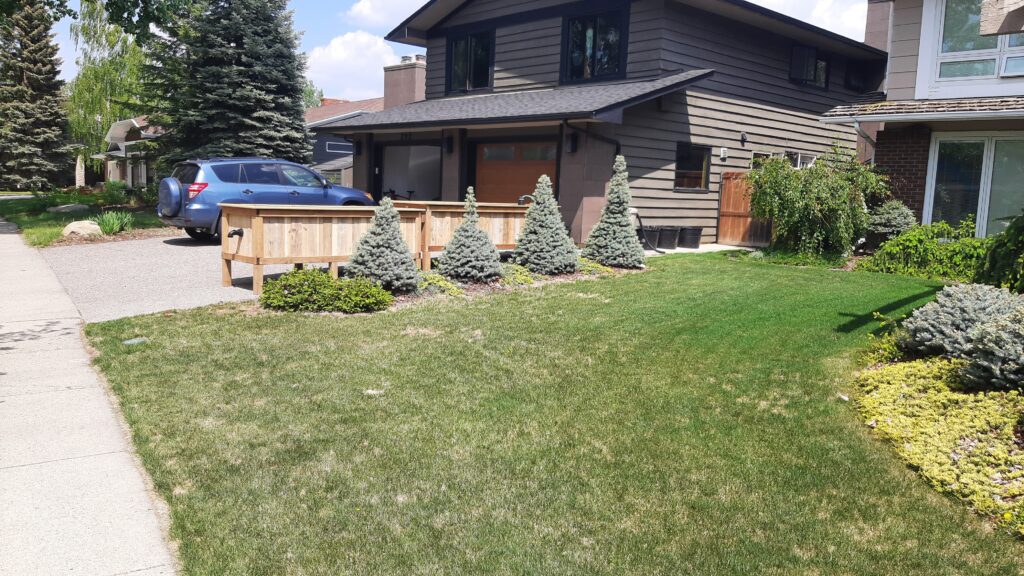
Wicking beds together on a driveway
Wicking beds together on a driveway. These beds were built for a wonderful, like-minded family in Calgary, Alberta. They had a “rather useless” spot in their driveway that they wanted to fill with plants. Instead of tearing up the concrete, they decided to put in raised beds. Luckily, they called me about wicking beds.
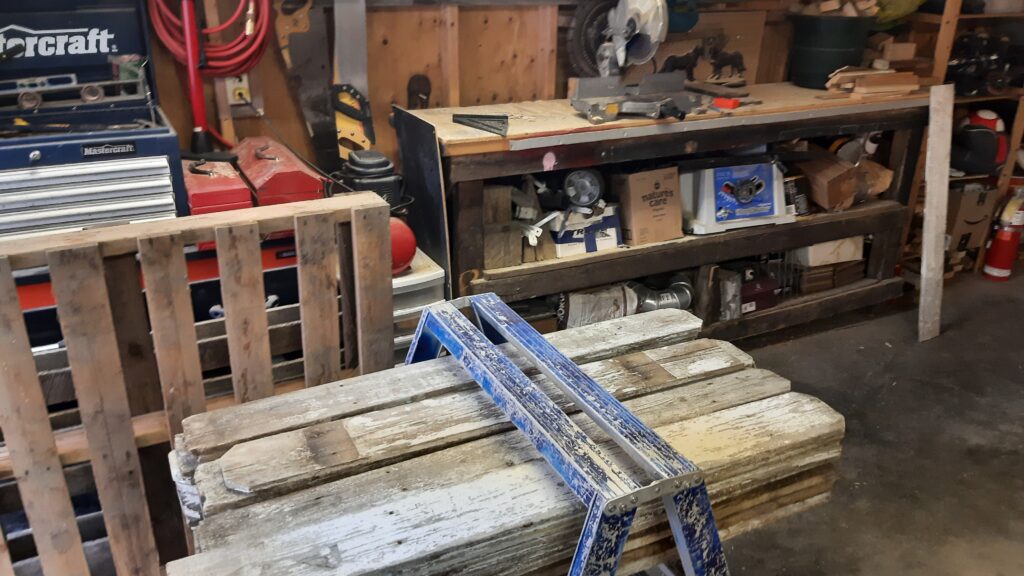
So, it started. Some fence panels I removed from a project the year before, a couple of decent pallets I found nearby, and a couple of just good planks I had in the stockpile made up most of the panels.
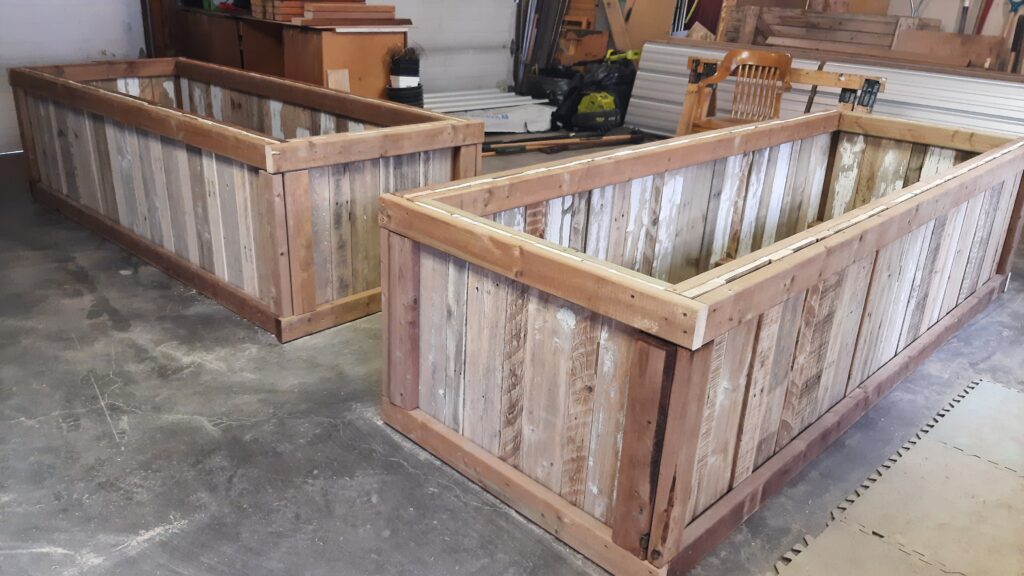
I used new pressure treated lumber for the framing. Not everyone is into the fully repurposed wood look, and there is a look to using fully repurposed material. So, we opted to use a mixture of repurposed and new material. Also, the functionality of the beds depended on this mixture.
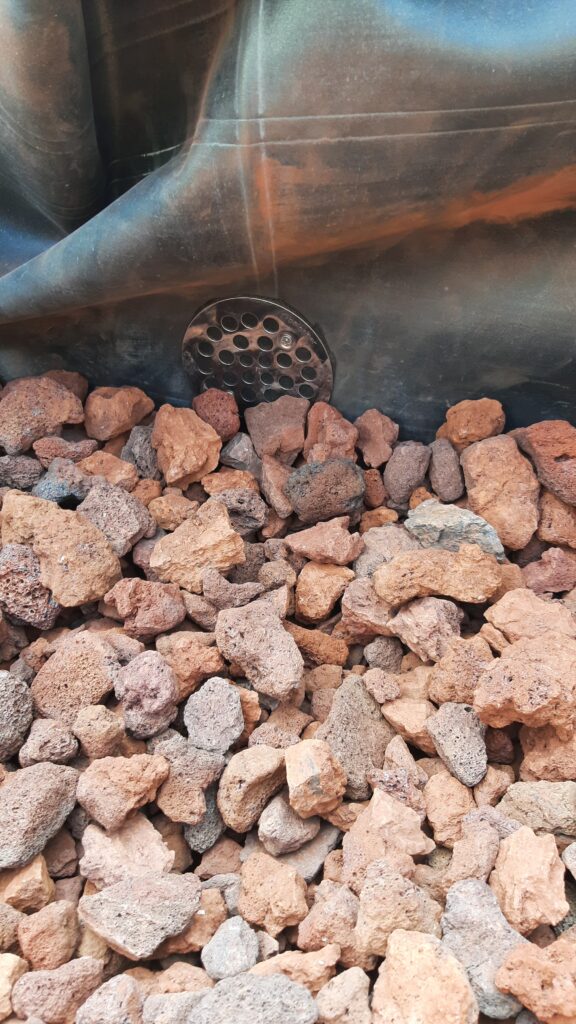
I used pond liner. This is what you should use to line your wicking beds. I have used thinner plastic on my beds and doubled up the layers, but they sometimes leak a bit. In my garden, I don’t really care. I am trying to do things on the Urban Homesteading Project as cheaply as possible. Since I was charging these people, and it is kind of a showpiece for them and for the company, I didn’t want any leaks.

Lava stone
Use lava stone for the reservoir, if you can get it. Washed drain rock works. It’s cheap. But lava stone is the material to use. It’s porous, so it will hold more water, and it’s WAY lighter.

The weed barrier between the growing material and the soil is important. As long as it covers all the way up so the soil doesn’t leak into the reservoir material, you can pick the most economical material you can find.
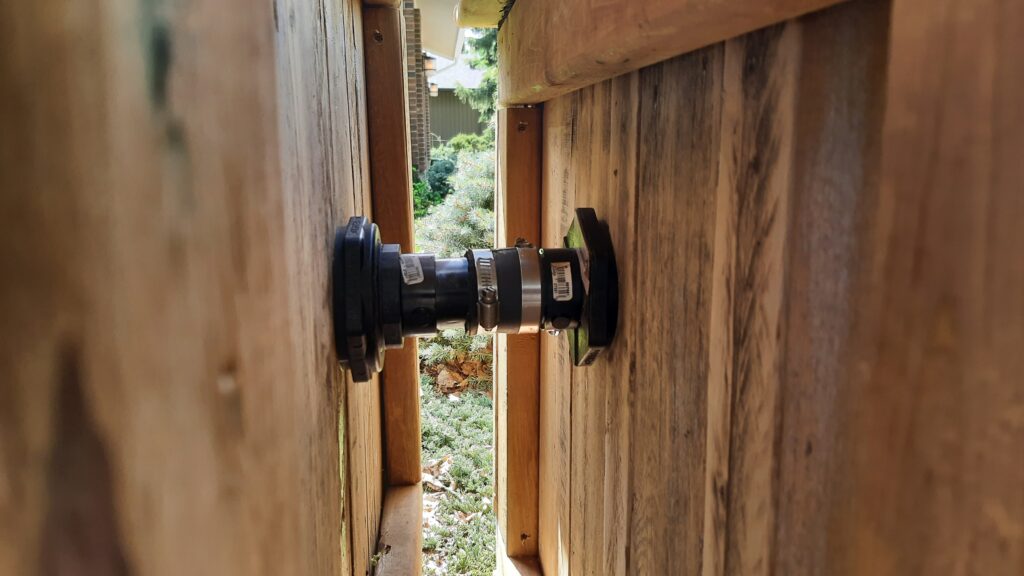
The connection between beds is crucial to avoid leaks. I used bulkhead fittings and a slip joint with some ring clamps to connect these two.
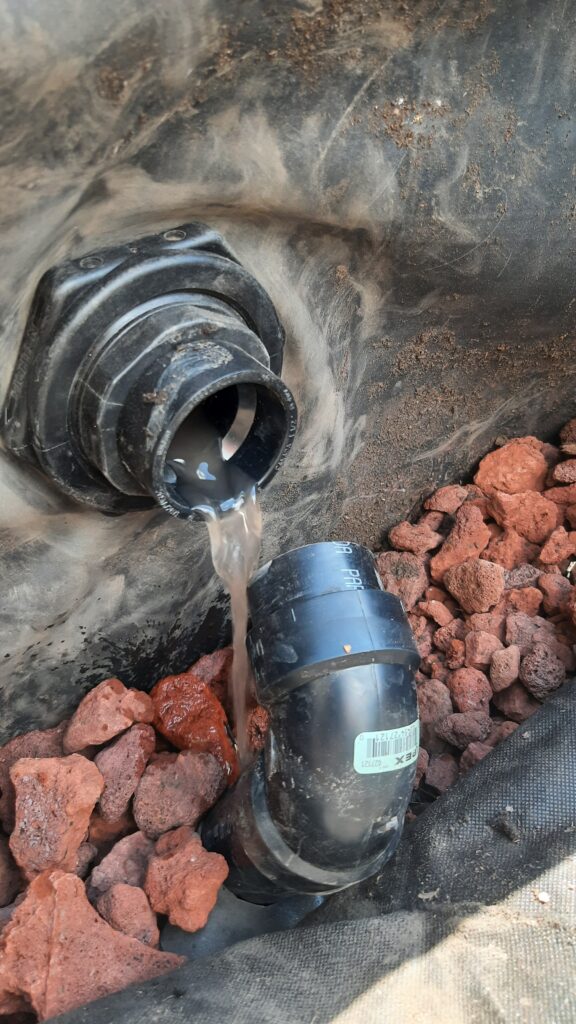
And the water comes out where it is supposed to. In the second bed.
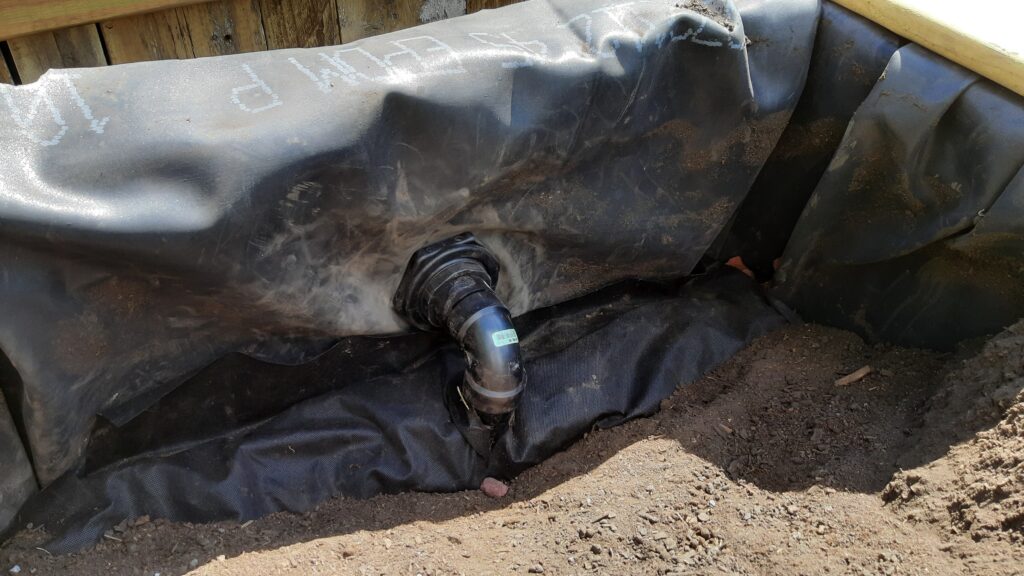
Just repeat for the second bed, and there ya go.
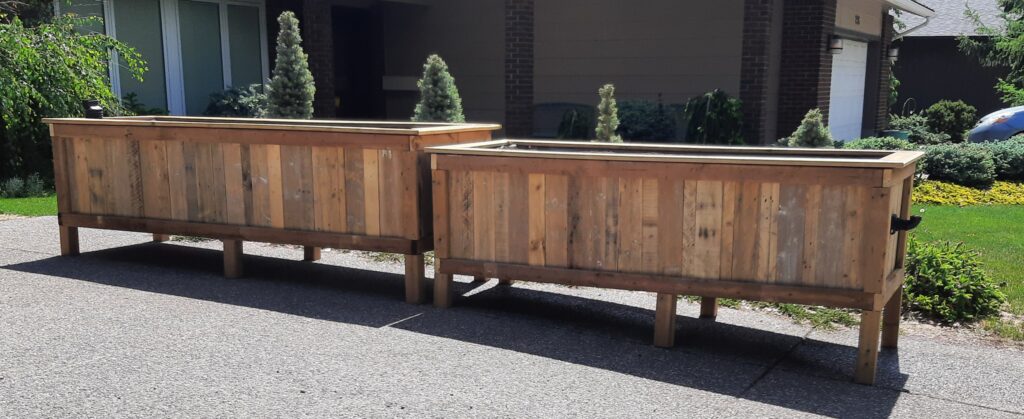
Wicking beds together on a driveway. The driveway sloped, so the second bed is lower than the first. Which is better than if they are level with each other. At the Urban Homesteading Project, they are level, which has proven to be challenging to fill the fourth one without overfilling the first one.
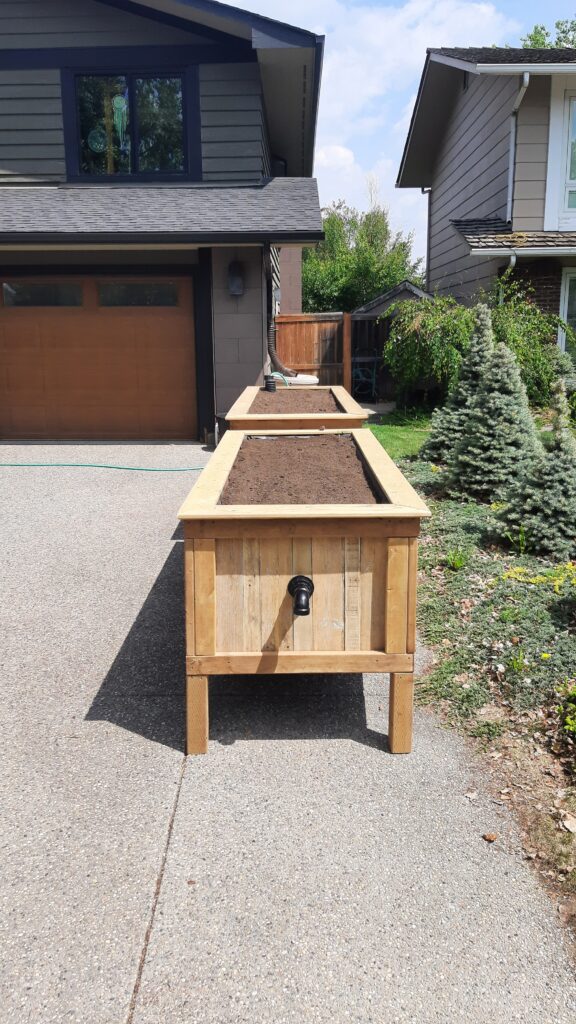
There ya go. Fill er up.
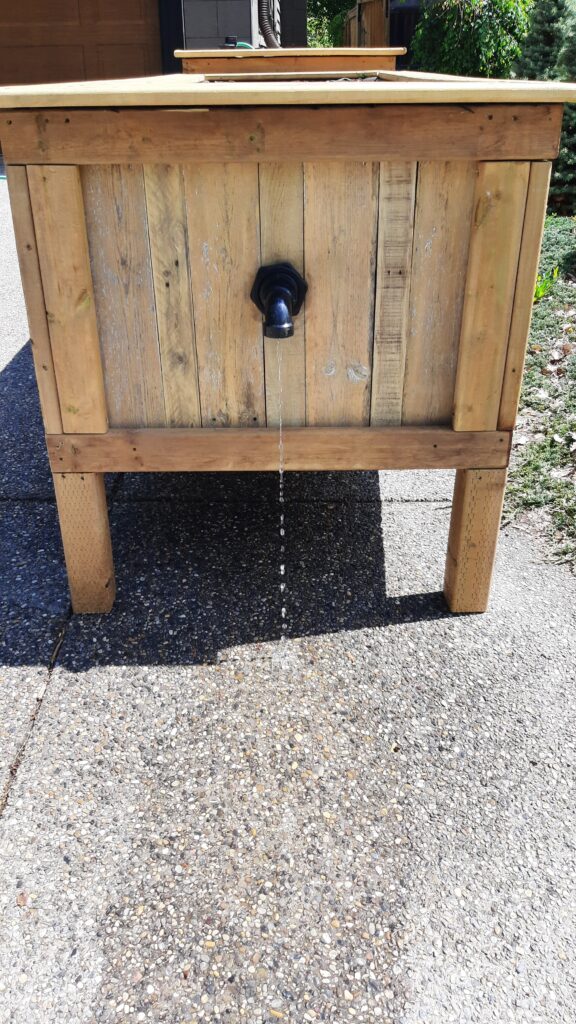
Ideally, you would put a potted plant here to catch the overflow. This a serious amount of water, though, to fill these two beds.